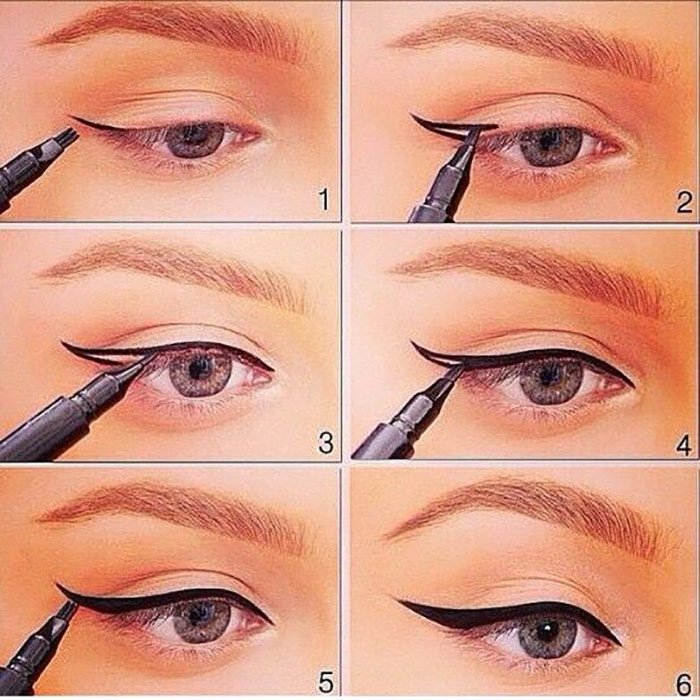Would you like to make your own scent?!
If you don’t like any perfumes currently available at stores, make your own! It’s a better idea than getting frustrated from not finding something you like and you might end up creating a scent you prefer.
There’s three layers to the scent of a perfume: the base, the middle and the top notes.
Top notes are the first scent that you’ll notice and they are the first ones to evaporate. They are the first impression of a perfume. The middle notes, also known as the heart notes, appear later and last the longest. They give character to the perfume. The final layer are the base notes which last the longest. They slowly come out blending with both the top and middle notes to harmonize.
Make certain that you don’t put natural essential oils and absolutes as top notes. They are complex compounds that sometimes already contain middle notes and even top note characteristics. Top notes are usually made from citrus oils like mandarin, bergamot,orange and lemon ;conifer oils such as cypress, pine, and spruce can also be used. A few other oils you can use are mint, basil, chamomile, ginger, juniperberry, and rosemary. The best oils for middle notes are floral oils and absolutes such as black pepper, cinnamon, clary sage and clove bud.
Oils from elemi, coriander, galbanum, sweet marjoram, lavender and nutmeg are also great as middle notes. Thyme and violet leaf absolutes blending capabilities have proved to be quite effective. Wood oils like cedarwood, linaloe wood and sandalwood are great as base notes. So are resin oils like frankincense and myrrh. You can also use patchouli, oakmoss absolute and vanilla as base notes.
When making your own perfumes, it is always important to know what you’re working with. Essential oils ,for example, have different character, behavior, strengths and weaknesses. Each characteristic should be considered and their effects studied closely. You need to know the effects of the essential oils and perfume mixtures on your skin to avoid an allergic reaction, as well as understanding how the mixture will react when diluted or when it is set over time. You also need to be prepared and know or at least have an idea on how the mixtures will react. Don’t forget to take breaks! Not only will this help your blending creativity but it will help keep you safe from some harmful effects of prolonged exposure to oils. Remember that you are working with essential oils that are highly concentrated and give off a very strong smell. It is possible to become sick if you spend too much time working on them especially in unventilated areas.







